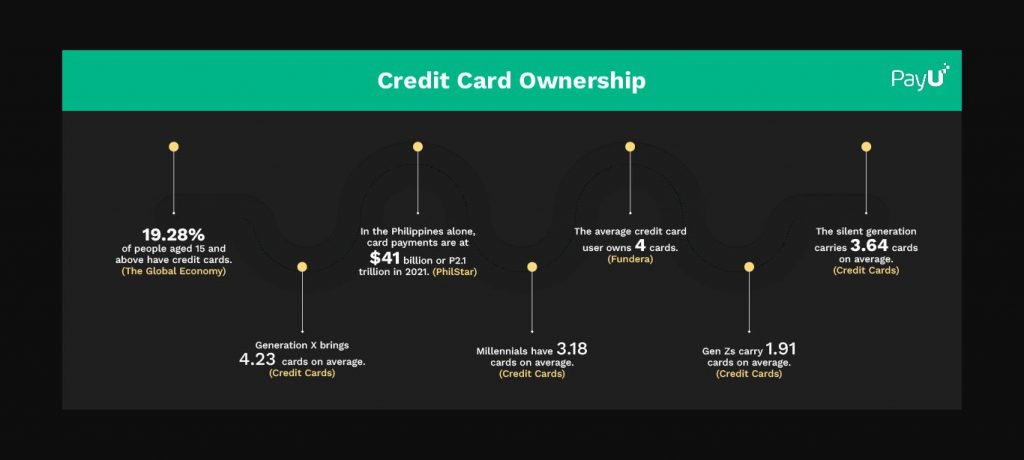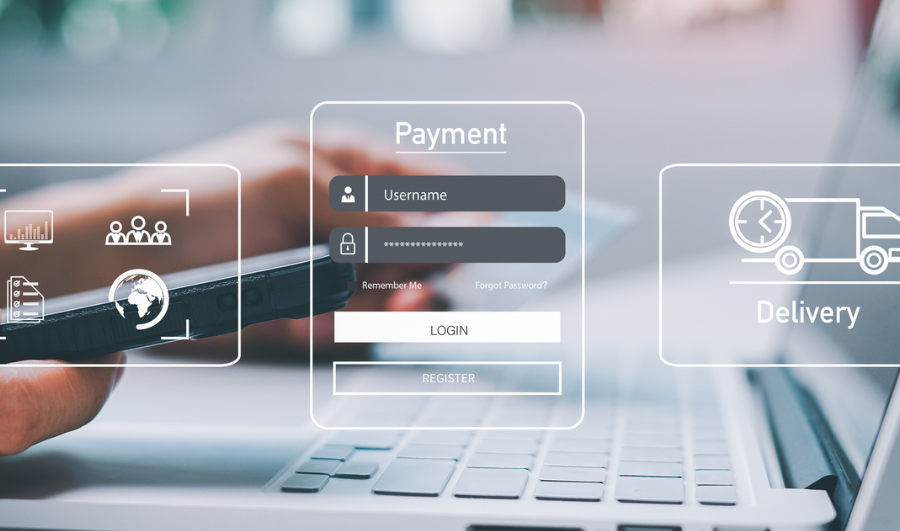In India, only 5% of the population uses credit cards; despite this data, from 2021 to 2022, the credit card market witnessed a growth of almost 11.7%. 2021 saw an upsurge in digital transactions, which led to an increase in credit card usage. This trend, accelerated by the Covid-19 pandemic, enhanced the eCommerce industry’s reach and the service provider’s ability to offer rewarding services replete with cashback and incentives.
Today, Credit card providers have a vast potential to reach the underserved population. There is also an increase in demand for credit cards among the under-25 millennial population.
Sounds interesting? Now, let’s look at the recent credit card trends that have emerged across the globe.
Critical Trends: A Walk Through

Credit Card Payments Go Contactless in the Mainstream
In China and Australia, most card-enabled payments are made through mobile apps or tap-and-go contactless payment options. 79% of the Mastercard credit card payments in 2021 were contactless payments.
In the U.S, 8 out of the ten respondents to the Mastercard survey said they would prefer contactless payments. However, the desire to eliminate physical contact in monetary transactions is not harboured by customers alone. 95% of the merchants in the U.S are enabled for contactless payments.
Buy Now Pay Later Trends with Increased Credit Card Usage
The surging popularity is due to their flexibility, which enables users to plan their purchases and payments effectively. Cashless transactions and debit cards/credit cards have been the forebearer of this trend for ages.
BNPL is a metamorphosed version of the old instalment-based credit system, except it is exclusive to debit and credit cards. NPL system is low-cost, transparent and does not discriminate based on the customers’ credit history.
In the U.S alone, the number of BNPL users has increased by 50%, making it one of the trends to watch out for.
Use of Masked Credit Cards to Avoid Fraud
Identity theft is a frequently-experienced phenomenon in the banking industry and among credit card users. In India, 131.2 million cybercrime cases were reported in 2019, and the numbers continue to rise.
4 in 10 customers have experienced identity theft in India, with 81% of Indians being alarmed about their privacy. Now, how do masked credit cards help?
Virtual credit cards allow you to hide your credit card information from merchants and data brokers. In a masked credit card, your actual credit card number is never handed over and kept secure, preventing incidents of identity theft.
Alternative Data Sets Enable Credit Scoring
In the U.S, phone, utility and cable payment bill data is used for better credit scoring. This alternative permits card companies to underwrite loans better. 80% of the lenders use credit as well as other information.
Key Takeaways
With an anticipated increased use of credit cards, the industry is set to transform how credit cards are used and calculate credit scores.
FAQs
You choose a credit card based on your spending habits, financial goals and costs.
Credit cards provide you with temporary financing and also access to emergency cash.
Credit cards are subject to data breaches and identity theft. The safest use of a credit card is a masked credit card.




